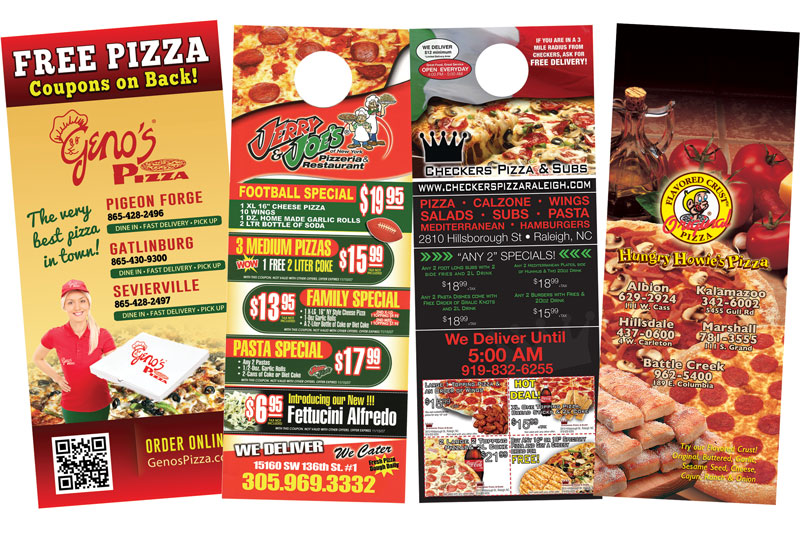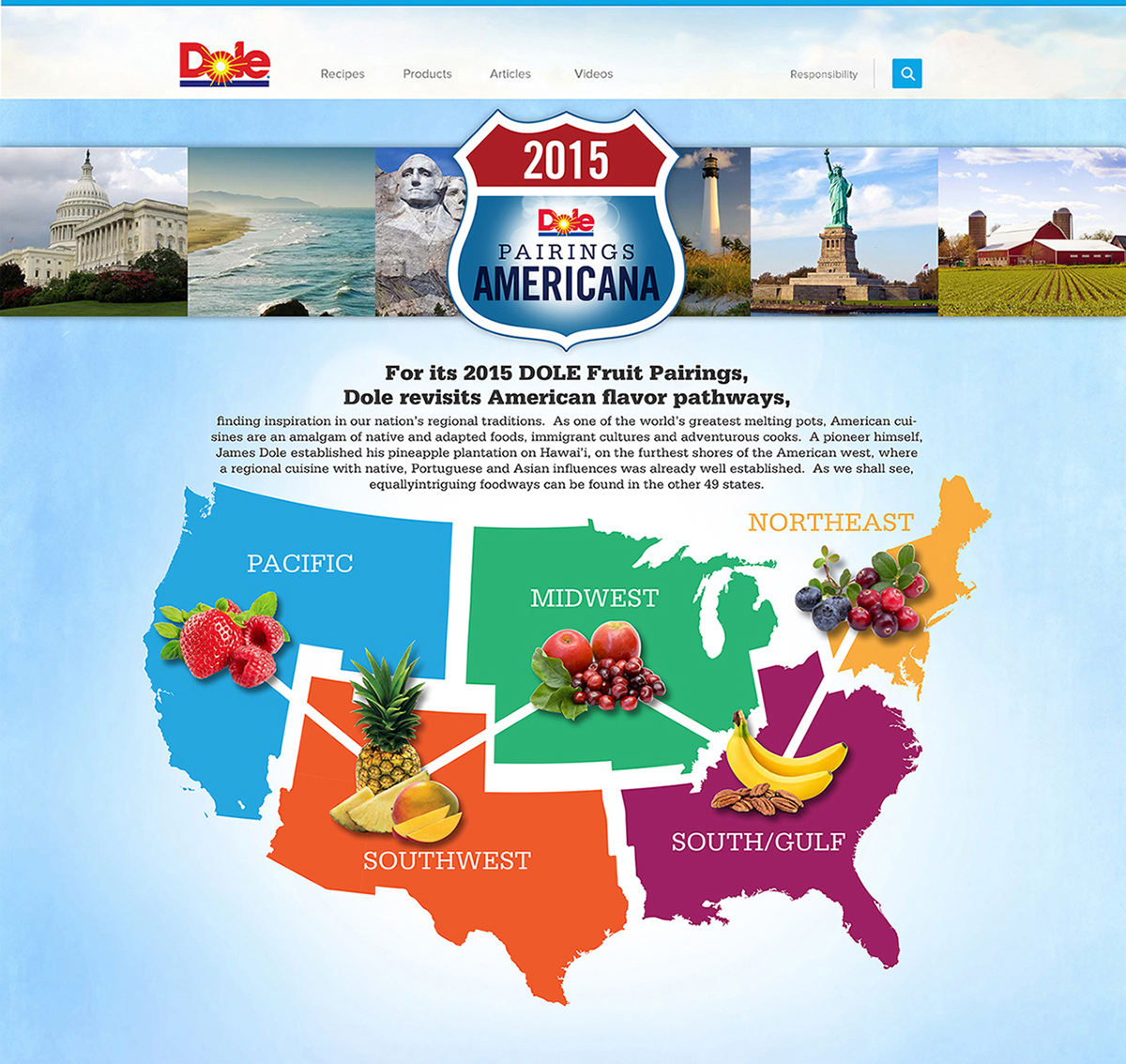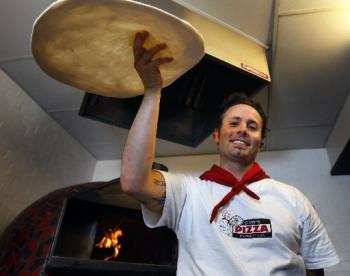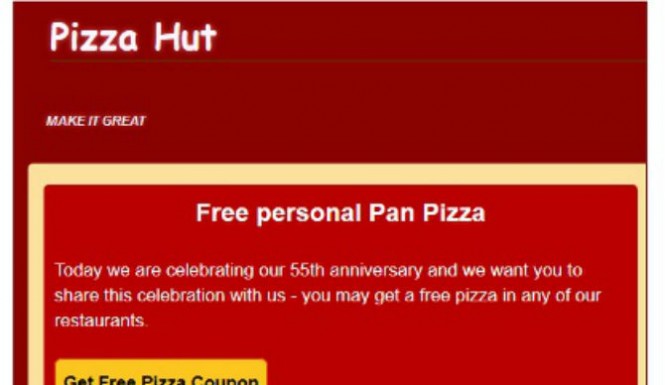When PMQ launched 20 years ago, I knew little about pizza except that it was delicious. I was a newspaper reporter then, and the one good thing about working late on big election nights was the pizza delivered by a big national chain that shall remain nameless, paid for by the newspaper. We had two choices—cheese or pepperoni—but any free pizza was, for me, a glorious feast. I didn’t realize it was mediocre pizza. I honestly thought all pizza was the same.
As editor of PMQ, I’ve learned a thing or two over the years. Before I’ll order mediocre pizza now, I’d sooner heat up a can of Beanie Weenies. But just as my tastes have evolved, pizza, as a food, has evolved, too, along with consumers’ preferences. Many of the big chains have stepped up their culinary game. Today’s pizza can be as sophisticated or as blue-collar as you want it to be, with toppings ranging from sausage and anchovies to bresaola, arugula, truffle oil and figs.
PMQ has kept track of industry trends for the past two decades, and looking back through older issues, the evolution of the pizza business has taken some fascinating turns. The Internet, of course, changed everything, but who knew it would be our phones, rather than our computers, that would become must-have digital tools both for marketers and customers? And who would have guessed that talking on those phones would become so passé?
But for all these technological advances, the pizza business remains a people business. Back in 2012, Giorgio Giove, owner of Brothers Pizza in New York, told me he didn’t believe in online ordering. “I want people to call me,” he said, “so I can talk them through the menu.” To this day, Brothers Pizza doesn’t have a website (it has a Facebook page, but it’s seldom updated). If you want one of Giorgio’s famous pies, you still have to dial him up and let him tell you what he thinks you’ll like best. I believed at the time he was making a mistake; honestly, I still do. But Brothers Pizza continues to thrive—certainly because the food is great, but perhaps also because, to many customers, the human touch (and voice) still matters. And whatever the future may hold for our industry, here’s hoping it will always be, above all, a people business.









